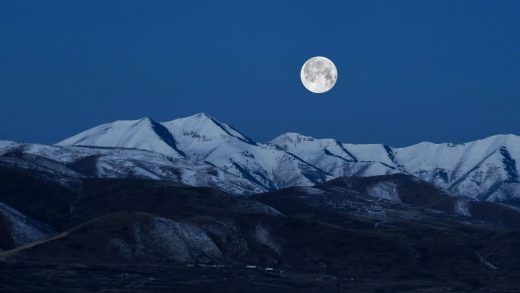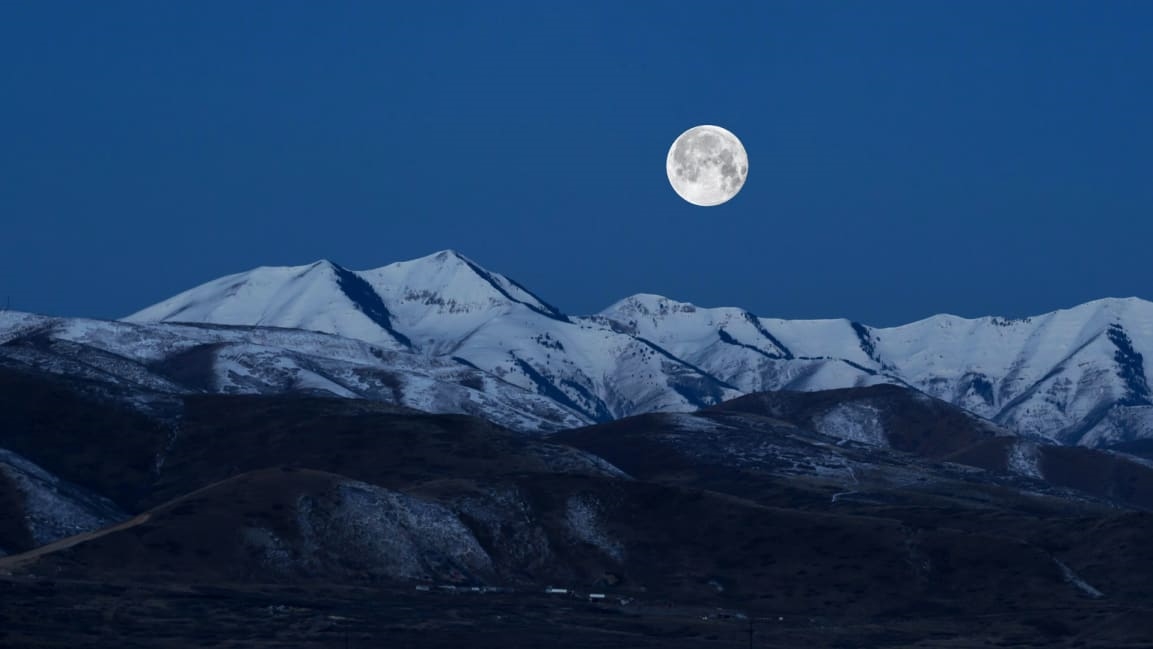The Halloween ‘blue moon’ isn’t actually blue, but it’s extra cool. Let us explain
This year has been horrible, but there’s one shining—literally, one could argue—exception to the crappy 2020 we find ourselves enduring.
Tomorrow night, on Halloween, there will be a rare blue moon. (Thanks, Mother Nature, but this doesn’t let you off the hook for COVID-19, wildfires, extreme weather, etc.) Here’s what you need to know about this exciting astronomical treat:
How does the moon turn blue?
For starters, that’s a misnomer. The moon remains the same color it always is. The “blue” may come form the Old English word “belewe,” which means “betray.”
Oooh, betrayed? You mean like a true crime story?
Not exactly. In contemporary parlance, a blue moon refers to a second full moon in one month. Perhaps centuries ago, this was viewed as the moon “betraying” mankind or tricking people with a second full one.
Why does a blue moon happen?
The moon’s cycle is 29.5 days, while months can be as long as 31 days or a short as 28. That misalignment between the calendar and the moon’s schedule causes the doubling-up.
And the expression ‘once in a blue moon’?
It’s because blue moons are rare.
Why is this year special?
This marks the first time since 1944 that a blue moon on Halloween will be visible in all U.S. time zones. And with Halloween being the scariest night of the year—and we’re not just talking about Sexy Mail-In Ballot costumes here—it makes Saturday’s sky show extra spooky.
What if I miss the Halloween blue moon?
First, live vicariously through the many photos of the blue moon that certainly will be all over social media. Then, mark the dates of the next several blue moons, though none will be on Halloween: August 31, 2023; May 31, 2026; and December 31, 2028.
(43)



